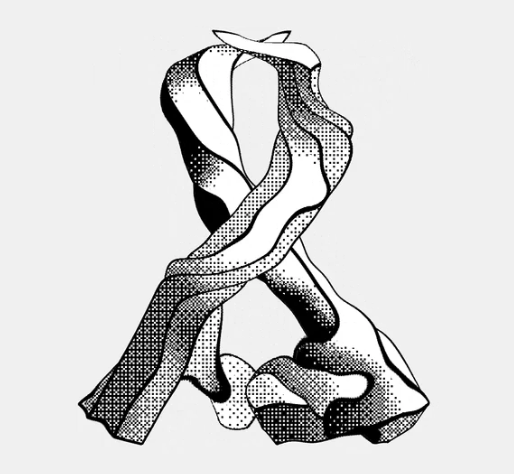

Looked up “cromulent” in the dictionary. Wasn’t disappointed!!


Looked up “cromulent” in the dictionary. Wasn’t disappointed!!
He didn’t write “like it’s life or death”! Most of the book are meditations on nature and descriptions of landscape. If that’s what you came away with then you missed the point.


The chances of a deal are said to be weeks away, if not non-existent.
What kind of non-sentence is that?


Flat Earthers aren’t real


Perhaps so. I’m in the US where lingo goes that “Democrats” & “Liberals” are “left”, " Republicans" & “Conservatives” are “right”.
Not sure how that translates globally, so apologies if it’s confusing…


Lol!!! No, no, no!! My centrism is not arbitrary!! I don’t try to find a “middle ground” where waterfalls go both ways!!! Love the visual though!
I align with the political right on some issues, and the left with others. And in American politics I find the rhetoric & tribalism of both political parties ridiculous - so I can’t identify with either.
Generally I lean left of center, but I can’t go “full left” because I think the left has some blind spots. And liberals do this annoying thing where they seem to be always be falling all over themselves to prove how self-righteous & progressive they are, & they wind up alienating left-leaning people like me as a result.


There’s no room for centrists on the internet. I seem to only find centrists in real life, face-to-face. I guess we aren’t loud but we’re here.
(Now here come the downvotes…)


Nice try FBI


A couple of ideas:
Holography is often used to record information from the real world, and in that process it’s impossible to record the light’s phase during the encode step. Physicist’s call it “the phase problem” and there are all kinds of fancy tricks to try to get around it when decoding holograms in the computer. If you’re simulating everything from scratch then you have the luxury of recording the phase as well as the amplitude - and this should make decoding much easier as a result!


I’ll go a little against the grain here. I think that LLM chatbots will definitely find application helping lonely people, and some people will develop a real connection to the bot. A relationship with a bot might be similar to one with a human, but it will never be identical. So it won’t replace human connections, but that doesn’t mean it wont have significant utility and be meaningful to people.


deleted by creator


I saw numbers on this recently. It was something like 80-90% of all antibiotics are given to livestock. So this is a huge contributor.


Lol!!! Yes!!!


Trying to prevent bacteria from developing antimicrobial resistance. At these rates in 30 years antimicrobial resistant bacteria are projected to kill more people than cancer.


When you grow up everything you write will need to be in cursive.


You’re being a wet blanket.


The Empire Strikes Back


Always thought “Kiss from a Rose” by Seal was very beautiful.
The part you remember was not about eating the animal due to hunger. He was observing that when he was away from “civilization” for long enough he noticed that he started to think in a more primal way. In that case, it was tearing a squirrel to shreds raw with his teeth! (or something) :)